

This is a transcript and translation of a recorded message sent (in Spanish) by Guru Prasad Swami to his disciples, regarding the online petition asking the International GBC reject Dhanurdara Swami’s request to be reinstated in ISKCON.
—————————————————————————-
“Hare Krishna. Please accept my blessings. All glories to Srila Prabhupada. I am in the middle of GBC’s meetings, but I know that you and other devotees are giving opinions regarding Dhanudhar Maharaja. I am sending this message, then you can share it. Not in Facebook, but with those devotees who have been commenting. Because it is my duty to oversee that my disciples and devotees in general do not commit offences against vaisnavas.
I know Dhanudhara Swami since 1975; every time I visited Vrindavan, I used to stay with him at gurukula’s accommodation; I saw his behavior, how he contributed academically, I saw his brahminical nature. Almost everything they are saying about him is not true; there was another devotee, his name was Raghunath. He hit devotees sometimes. He was the person who pushed a devotee against a column and broke his nose. He was the person who hit devotees. He was the person who chastised using sticks. He was the person who forced devotees to eat vomit. Dhanudhara Swami didn’t do anything like that.
He committed some mistakes. His mistakes were: Once, maybe twice, he pushed a devotee. That devotee fell and hurt his arm a bit, but that was not his intention.
And those children were out of control, coming from broken families, carrying very serious psychological issues; I saw them. He told me about them, he asked me what to do with them. Some of those families didn’t care for their children.
He also made the mistake of censuring the exchange of mail communication with their families, to avoid having the children expose the situation of the gurukula. His intention was to solve everything internally. That was his mistake.
He did many mistakes, but he didn’t do these things they are commenting. I believe that those who are criticizing him, really don’t know him and are committing offences.
Dhanudhara Swami brought to ISKCON, two hundred or two hundred fifty persons in USA, India and Italy. Highly qualified people. His followers are more qualified than followers of any other preacher. They are bank managers and powerful executives. The quality of his preaching is incredible.
So, I am just warning, please be careful, better you put more emphasis and attention chanting the Maha Mantra, spending less time on Facebook giving opinions regarding situations that you don’t know about. Many times, the information from the internet is exaggerated or false. Please be careful.
Thanks. I hope you are well. Receive my blessings from Mayapur.
All glories to Srila Prabhupada, Sri Guru and Gauranga.”
—————————————————————————-
This transcript from Guru Prasad Swami is an extraordinary synopsis of the false narrative Dhanurdhara Swami has been sharing with his followers.
It’s not new. We’ve heard bits and pieces of this dog whistle and gaslighting commentary for nearly three decades.
What’s unique is this is the first time we have verifiable proof this is what they’ve been saying.
Let’s analyze a few key parts.
- Here’s what Guru Prasad Swami says about Dhanurdhara Swami:
“I know Dhanurdara Swami since 1975… Almost everything they are saying about him is not true… Dhanudara Swami didn’t do anything like that… He committed some mistakes… His mistakes were: once, maybe twice, he pushed a devotee… I believe those that are criticizing him don’t know him and are causing offenses…”
Juxtapose that with a 2006 report from ISKCON’s legal counsel, who worked on the bankruptcy case for six years:
“As a result of the litigation in Texas, and the 600-plus claims filed in the bankruptcy court, we now have a vast body of information (evidence) that was not available in 1999. Although much was known with respect to allegations of physical and mental child abuse by Dhanurdhara Swami at the Vrindavan gurukula, we now have even more information than we had at that time. Based upon this additional information, it is now unequivocally clear to ISKCON’s legal team that the damage inflicted by Dhanurdhara Swami was significantly greater than that which was known in 1999. In fact, Dhanurdhara Swami is named as an abuser in the bankruptcy claims far more than any other person.”
For emphasis, I’ll repeat the last sentence to make sure we catch the significance:
“In fact, Dhanurdhara Swami is named as an abuser in the bankruptcy claims far more than any other person.”
The report concluded:
“We have seen and reviewed firsthand the claims filed in the bankruptcy court documenting the severe abuse inflicted on the Vrindavana gurukula children by Dhanurdhara Swami, as well as the CPO information. From a legal standpoint, we have no doubt that these claims are legitimate.”
- Guru Prasad Swami says this about the pioneer generation of children raised in ISKCON’s Gurukulas:
“And those children were out of control, coming from broken families, carrying very serious psychological issues; I saw them. He told me about them, he asked me what to do with them. Some of those families didn’t care for their children.”
Here’s a small sampling of what Srila Prabhupada said about these same children:
“If we are able to make a whole generation of our children into fine Krishna Conscious preachers, that will be the glory of our movement and the glory of your country as well. But if we neglect somehow or other and if we lose even one Vaisnava, that is very great loss.”
“These children are given to us by Krishna, they are Vaisnavas and we must be very careful to protect them. These are not ordinary children, they are Vaikuntha children, and we are very fortunate we can give them chance to advance further in Krishna Consciousness. That is very great responsibility, do not neglect it or be confused. Your duty is very clear.”
In Guru Prasad Swami’s statement, we can see how the former students of the Vrindavan Gurukula are presented as damaged beyond repair, easily cast away and forgotten by leaders who place their priorities and values elsewhere.
- Contrast that with Guru Prasad Swami’s glowing descriptions of Dhanurdhara Swami and his disciples:
“I know Dhanudhara Swami since 1975; every time I visited Vrindavan, I used to stay with him at gurukula’s accommodation; I saw his behavior, how he contributed academically, I saw his brahminical nature.”
“Dhanudhara Swami brought to ISKCON, two hundred or two hundred fifty persons in USA, India and Italy. Highly qualified people. His followers are more qualified than followers of any other preacher. They are bank managers and powerful executives. The quality of his preaching is incredible.”
- I would like to give attention to the following sentence:
“Because it is my duty to oversee that my disciples and devotees in general do not commit offences against vaisnavas.”
I’ll briefly circle back to an earlier point.
Again, those who Srila Prabhupada affectionately referred to as his “Vaikuntha children,” have little or no value to Guru Prasad Swami who, by saying this, inflicts even more damage to the already severely abused Vaisnavas.
Meanwhile, the individual responsible for hundreds of documented vaishnava-aparadas and also “named as an abuser… far more than any other person” in ISKCON’s history, is made out to be the victim and – tragic hero – in Guru Prasad Swami’s faithful retelling of Dhanurdhara Swami’s false history.
- Next, I’d like to point out something quite revealing.
In one sentence there’s an assumption embedded so well, at first, I missed it:
“Dhanudhara Swami brought to ISKCON, two hundred or two hundred fifty persons in USA, India and Italy.”
Rather than be subject to GBC lifetime restrictions against holding any leadership position, including that of initiating guru, Dhanurdhara Swami left ISKCON in 2006, and has operated outside the organization ever since.
In 2020 Dhanurdhara Swami petitioned the GBC for re-admittance into ISKCON. The North American GBC and CPO both issued public statements declining his request. Rather than face the likelihood his request would also be denied at the international level, Dhanurdhara Swami withdrew his appeal, and remains outside ISKCON.
Knowing that, why would an ISKCON GBC member state “Dhanurdhara Swami brought to ISKCON two hundred or two hundred fifty persons?”
The best answer I can come up with is Guru Prasad Swami is one of the ISKCON leaders who publicly profess “Dhanurdhara Swami is out,” and privately act as if he’s really in.
- And, as I conclude this analysis, here’s one more thing I’d like to highlight:
I am floored by the audacity of Guru Prasad Swami, a senior Prabhupada disciple, ISKCON guru, swami and GBC, who holds several of the most respected and influential positions in our Society.
In the opening sentence he says, “I am in the middle of the GBC meetings…”
If you listen to the audio, he wasn’t kidding.
He was literally sitting in the 2020 Annual Mayapur GBC meetings, recording a message to his disciples, spreading a patently false narrative, in an ongoing effort protect and defend Dhanurdhara Swami, the #1 child abuser in ISKCON’s history.
Looking forward, here are some of my questions:
Does this represent the ISKCON we want to be a part of?
Does this reflect the best ISKCON has to offer?
Are we ok with this untenable behavior from ISKCON leaders?
What more can we do to make ISKCON a Society we are proud of?
















 By Vijaya das
By Vijaya das


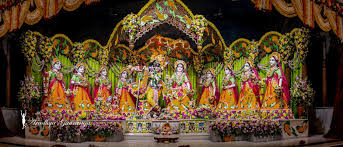
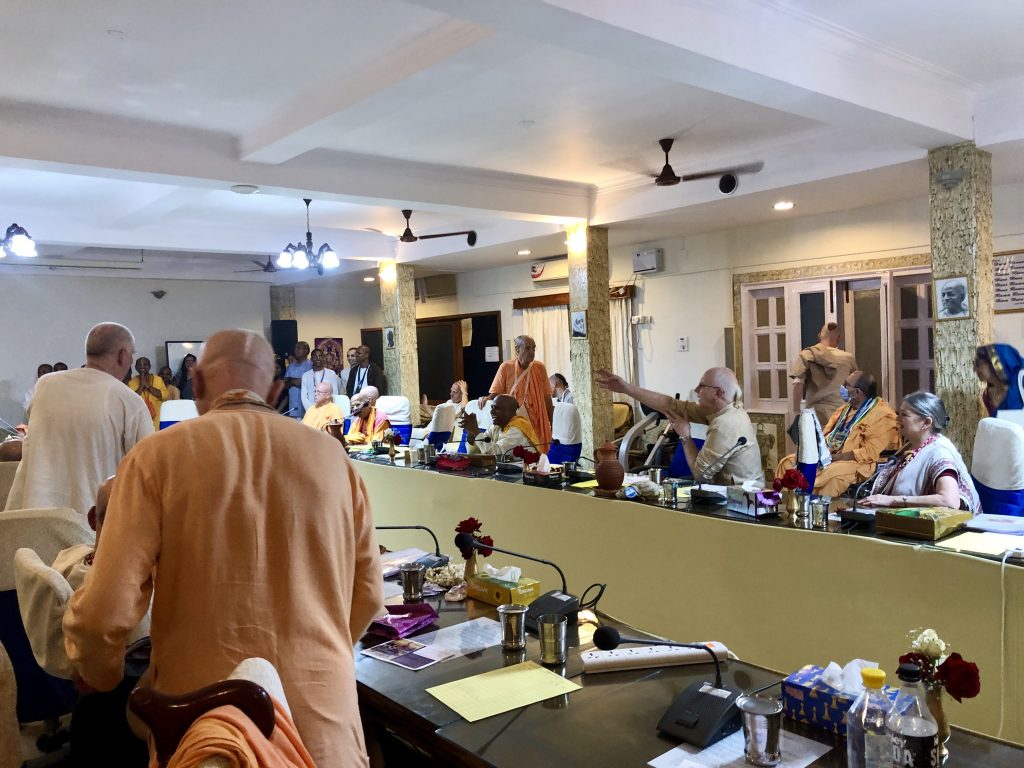

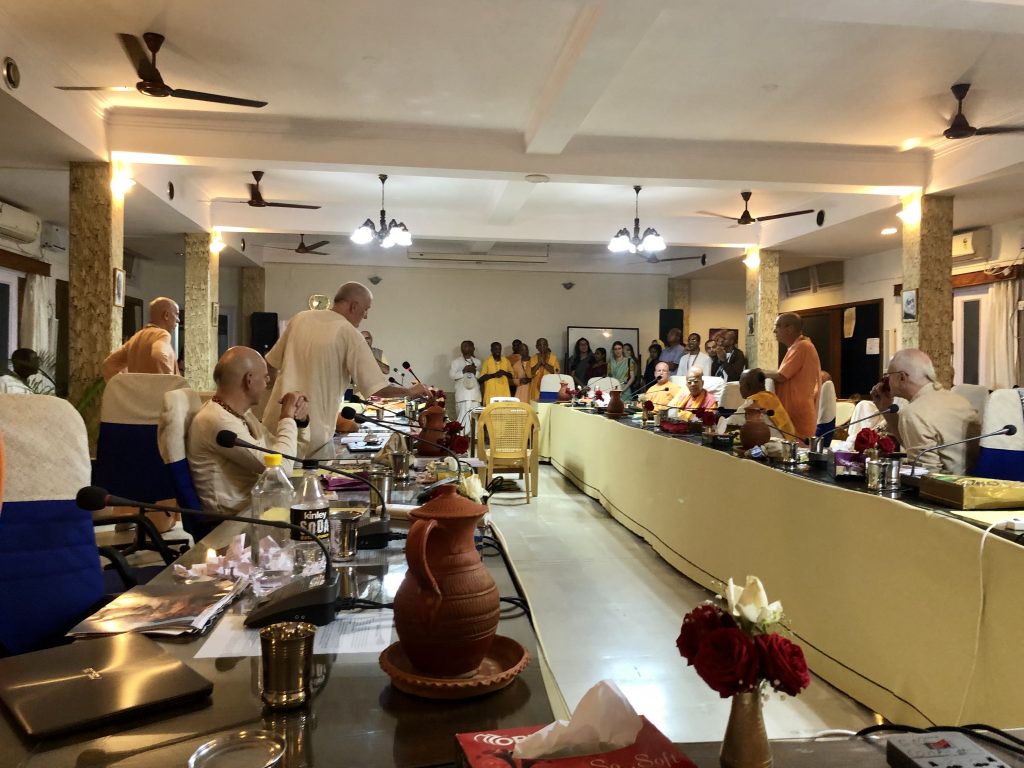






 By Louise Guthrie
By Louise Guthrie

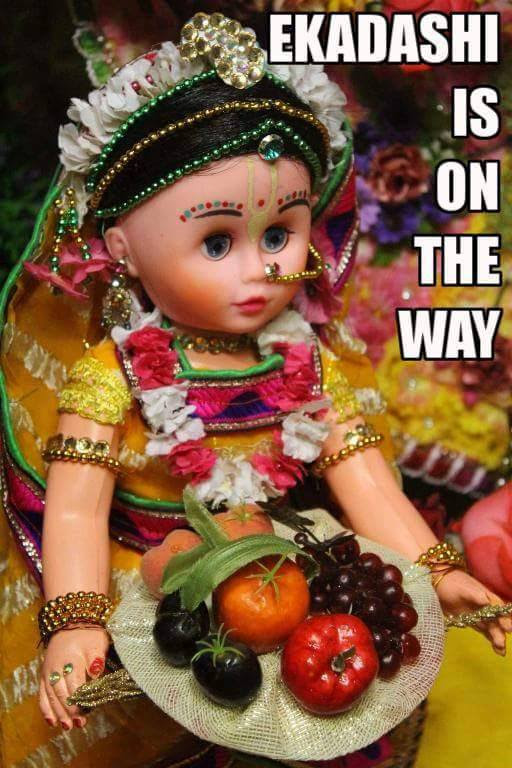
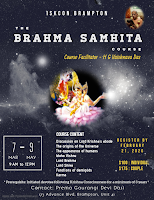
 Adult Education At The Temple
Adult Education At The Temple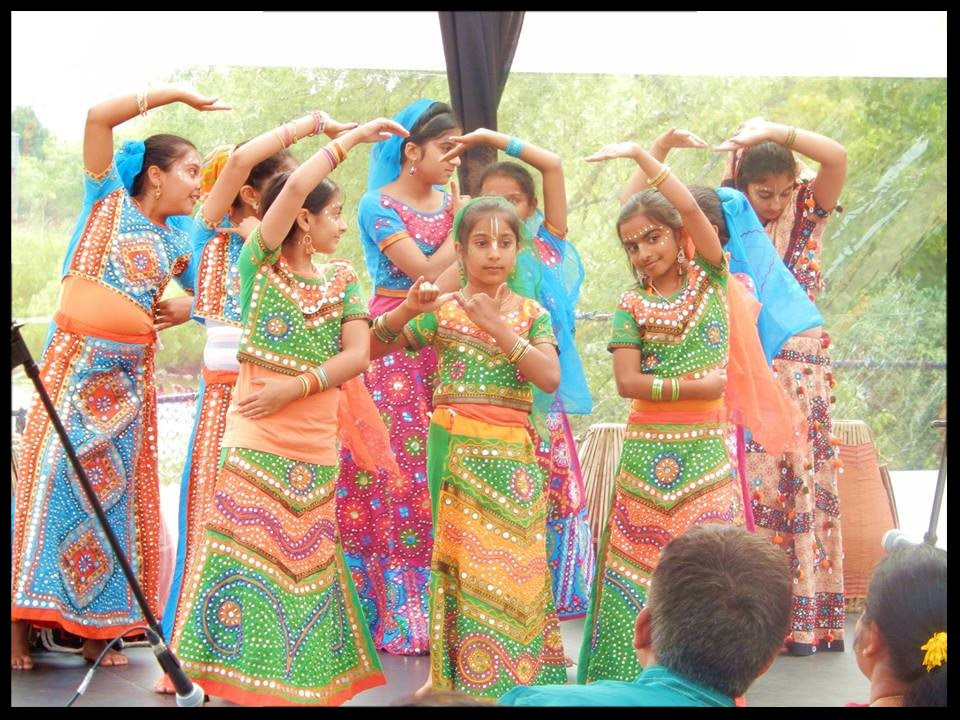

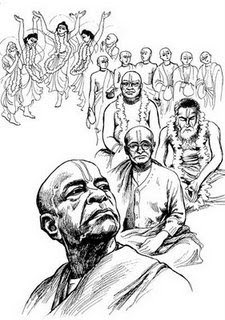

 By Praghosa dasa
By Praghosa dasa




